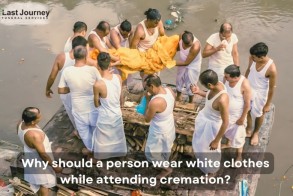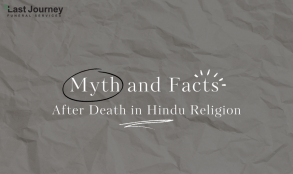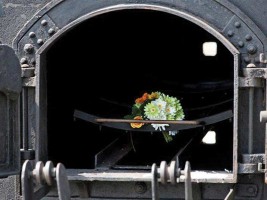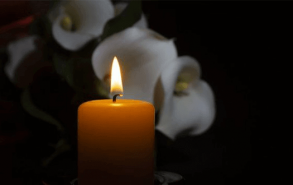Lastjourney Blog
4 Important Tasks to be Completed After a Loved One’s Death
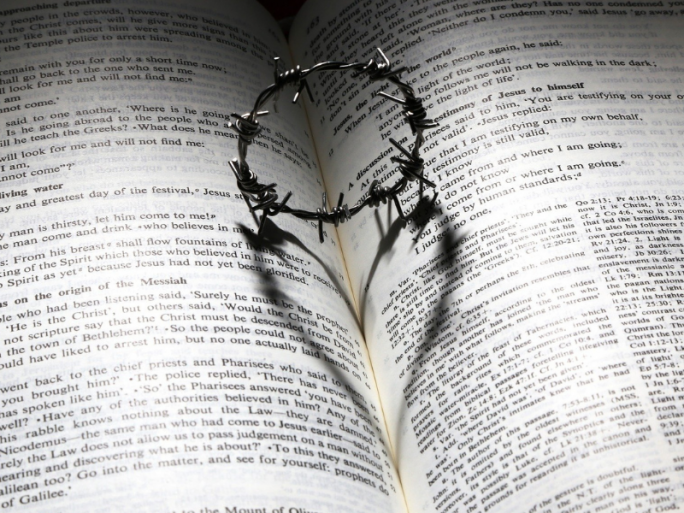

Reading Time: 3 minutes
It’s terrible to lose someone dear to you, and if you’re in charge of funeral preparations and personal affairs, the experience can be even more stressful. If you find yourself in this situation, here’s a list of things to remember after a loved one passes away.
The majority of them are completed by those who work in the funeral business. Other chores, however, must be completed by family and friends before services may take place.
#1 TRANSPORTATION OF THE DEAD BODY
Death may happen anywhere. It can occur at home, in a hospital, or even in a foreign land. When someone dies unexpectedly, the corpse is frequently sent to a hospital to be inspected by a medical examiner. The corpse will need to be brought to the site of care, depending on whether you choose a home funeral or use the services of a funeral home. If the death has occurred beyond the borders, you can hire a dead body air transport service in Gurgaon to bring the body home safely. The service providers will come to the location, collect the body, and transport it to the home country safely.
#2 TAKING CARE OF THE BODY
The body must be cared for and kept cold until it is time to be cremated or buried. This can be done in a funeral home or at home.
Once a body has been picked up and transported to a funeral home, the body will be cleaned, dressed, and/or shrouded. The corpse will then be put in refrigeration to keep it cold until the day of the funeral when it will be transferred to the site.
For home funerals, the body is first cleansed, then clothed and/or veiled, and then placed in a room where the body can rest and where friends and relatives can pay their respects if they choose. Dry ice is commonly used to keep the body cold. Allowing the body to lay in state for several days is practised by several cultures and spiritual beliefs. A body can be safely maintained in the house for several days before cremation/burial if adequate care is taken. However, there are exceptions to this, which can be dealt with with the aid of an experienced funeral service.
#3 FILING OF DEATH CERTIFICATE
To begin with, a death proclamation form is completed. A death certificate, on the other hand, is often written out by a medical practitioner. If the body is brought to a funeral home, a death registration form is filled out by the funeral director themselves. The form’s demographic information is provided by the deceased’s family, and the reason for death is provided by a medical expert. This paperwork, together with the funeral permission form, is sent to the county to be approved. The county then releases the official death certificate.
#4 EMBALMING OR REFRIGERATING
The relevant documentation is completed by the proper officials, and the body is either refrigerated or embalmed. Family members can choose not to embalm a loved one’s body if there are no preparations for public viewing or if the body will be cremated. The body will be preserved in a big refrigerator if embalming is not completed.
If the family intends to have a public viewing of the body, it should be embalmed within 48 hours of death. The amount of time that can elapse between death and embalming is governed by state legislation. You should not embalm a body for longer than a week. The body is then dressed and prepared for viewing by the funeral home.
Arrangement for Visitation and Funeral Plans
There are several decisions to be taken about a loved one’s end-of-life services. You’ll need to take the following steps:
- With the aid of the funeral director, the family must choose the day, time, and venue of the funeral ceremonies. They must determine if visitation or a wake will be held. Family members will have to decide how they want the funeral to be. They’ll have to choose between a coffin (for burial) and an urn (for cremation).
- Typically, the officiant leading the funeral meets with the family to go through the arrangements of the funeral ceremonies. He or she may inquire about the deceased’s life facts from the family.
- Someone needs to write the obituary and make funeral service arrangements. Music, pallbearers, flower displays, and even the cover for the funeral service programme may be decisions that the family must choose.
- If a family member is intending to deliver the funeral, a eulogy will need to be written.
- For the funeral of a loved one, some families opt to have picture displays set up. It may take some time to choose and collect these images.
- During the rush of activities, it’s typical for family members to take a break to mourn their loss. In fact, one of the reasons organising a memorial ceremony is so difficult is that many families struggle to make decisions when they are grieving.
Your email address will not be published. Required fields are marked *









